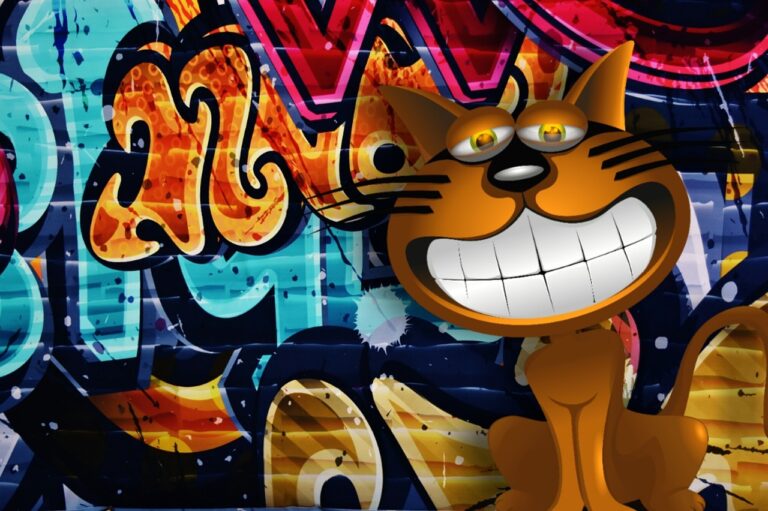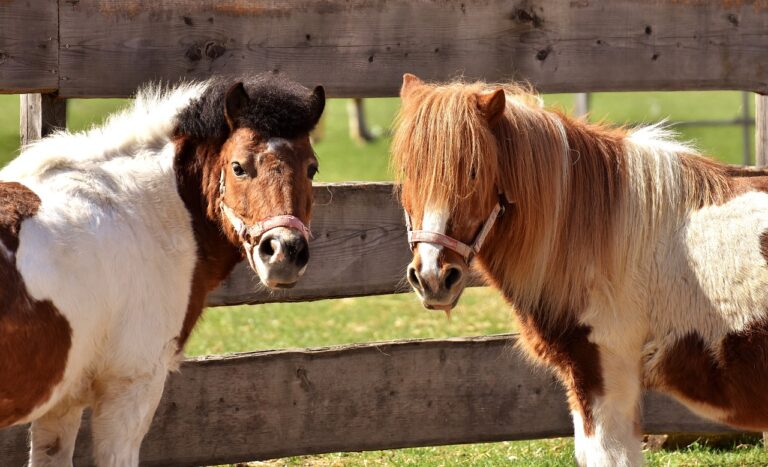How to Create a Compelling Film Conflict
cricbet99, sky11 bet, play lotus365:How to Create a Compelling Film Conflict
Creating a compelling film conflict is essential in engaging your audience and keeping them invested in your story. A good conflict drives the narrative forward, creates tension, and gives your characters something to overcome. In this article, we will explore the key elements of crafting a powerful film conflict that will keep your viewers on the edge of their seats.
1. Understand the Importance of Conflict in Film
Conflict is at the heart of storytelling. Without conflict, there is no drama, no tension, and no emotional engagement. Conflict is what propels the story forward, creates obstacles for your characters to overcome, and ultimately leads to resolution. A well-crafted conflict is the driving force behind a successful film.
2. Establish Clear Goals and Motivations
Before you can create a compelling conflict, you need to establish clear goals and motivations for your characters. What do they want? What are they willing to do to achieve their goals? Understanding your characters’ desires and motivations will help you create conflict that is rooted in their personalities and drives the narrative forward.
3. Create Conflict that is Personal and Internal
The best conflicts are personal and internal. This means that the conflict is deeply rooted in the characters’ emotions, beliefs, and relationships. When the conflict is personal, the stakes are higher, and the audience becomes more emotionally invested in the outcome. Internal conflicts, such as doubts, fears, and moral dilemmas, add depth to your characters and make the story more compelling.
4. Add External Obstacles and Challenges
In addition to internal conflicts, external obstacles and challenges can help heighten the tension in your film. These could be physical obstacles, such as a natural disaster or a villain, or societal obstacles, such as prejudice or discrimination. By introducing external challenges, you can raise the stakes and create a more dynamic conflict for your characters to overcome.
5. Build Conflict Through Relationships
Conflict often arises from relationships between characters. Whether it’s a romantic rivalry, a family feud, or a friendship tested by betrayal, conflict rooted in relationships can be incredibly powerful. By exploring the dynamics between your characters and their interpersonal conflicts, you can create compelling drama and emotional depth in your film.
6. Keep the Conflict Evolving
A compelling conflict is one that evolves and escalates throughout the course of the story. As your characters face challenges and obstacles, the conflict should grow in intensity and complexity. This keeps the audience engaged and invested in the outcome, as they watch your characters struggle and grow in response to the conflict.
7. Show, Don’t Tell
One of the most important rules in storytelling is “show, don’t tell.” This is especially true when it comes to conflict. Instead of explaining the conflict to your audience through exposition, show it through actions, dialogue, and visual cues. By allowing the conflict to unfold organically on screen, you can create a more immersive and engaging viewing experience.
8. Use Contrast and Contradiction
Contrast and contradiction can help you create a more compelling conflict in your film. By juxtaposing different elements, such as light and dark, good and evil, or love and hate, you can create tension and complexity in your story. Contradictory characters, motivations, and outcomes can add depth to your conflict and keep your audience guessing.
9. Embrace Moral Ambiguity
Not all conflicts have clear heroes and villains. In fact, some of the most compelling conflicts are those that exist in shades of gray. By embracing moral ambiguity and presenting complex, multi-dimensional characters, you can create conflict that challenges your audience’s expectations and prompts them to question their own beliefs and values.
10. Keep the Audience Guessing
A compelling film conflict is one that keeps the audience guessing. By introducing twists, turns, and surprises, you can keep your viewers on the edge of their seats and make the resolution of the conflict more satisfying. Don’t be afraid to challenge expectations and subvert clich鳠to keep your audience engaged and surprised.
FAQs
Q: How can I make sure my conflict is original and unique?
A: To ensure your conflict is original and unique, try to think outside the box and explore unconventional ideas. Consider mixing genres, playing with narrative structure, or subverting traditional tropes to create a conflict that feels fresh and inventive.
Q: Is it okay to have multiple conflicts in a film?
A: Yes, it is perfectly fine to have multiple conflicts in a film. In fact, having multiple layers of conflict can add depth and complexity to your story. Just make sure that each conflict serves a purpose and contributes to the overall narrative arc.
Q: How can I balance the conflict with other elements of the film, such as character development and plot?
A: Balancing conflict with other elements of the film, such as character development and plot, requires careful planning and consideration. Make sure that the conflict is integrated seamlessly into the story, serves a purpose in advancing the plot, and contributes to the growth and evolution of your characters.
In conclusion, creating a compelling film conflict is essential in captivating your audience and driving the narrative forward. By understanding the key elements of crafting a powerful conflict, such as establishing clear goals and motivations, creating personal and internal conflicts, adding external obstacles and challenges, building conflict through relationships, keeping the conflict evolving, showing instead of telling, using contrast and contradiction, embracing moral ambiguity, and keeping the audience guessing, you can create a truly engaging and unforgettable film.







